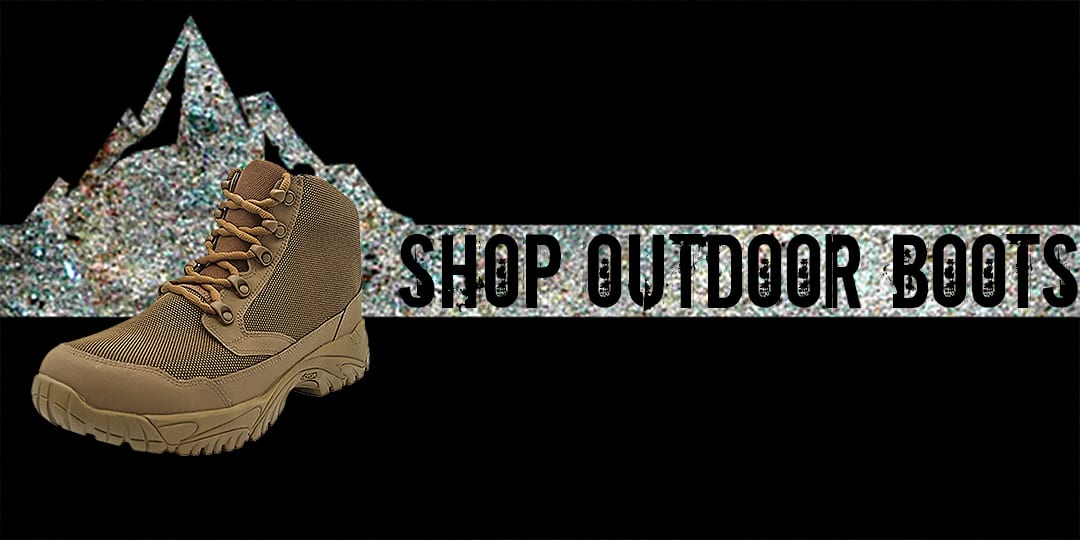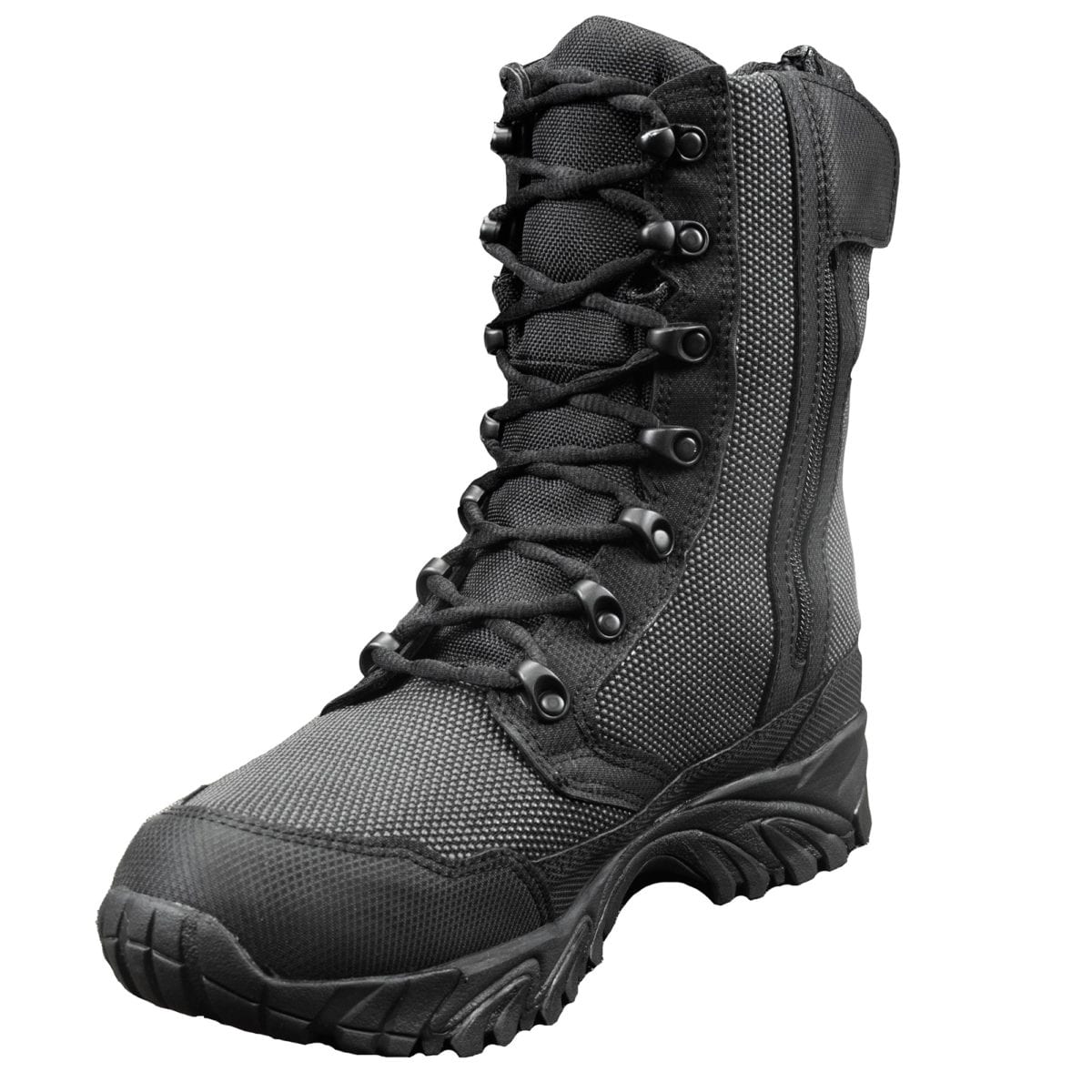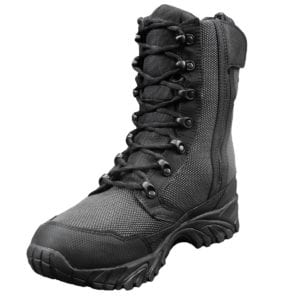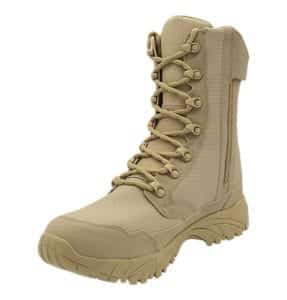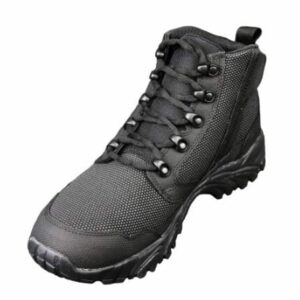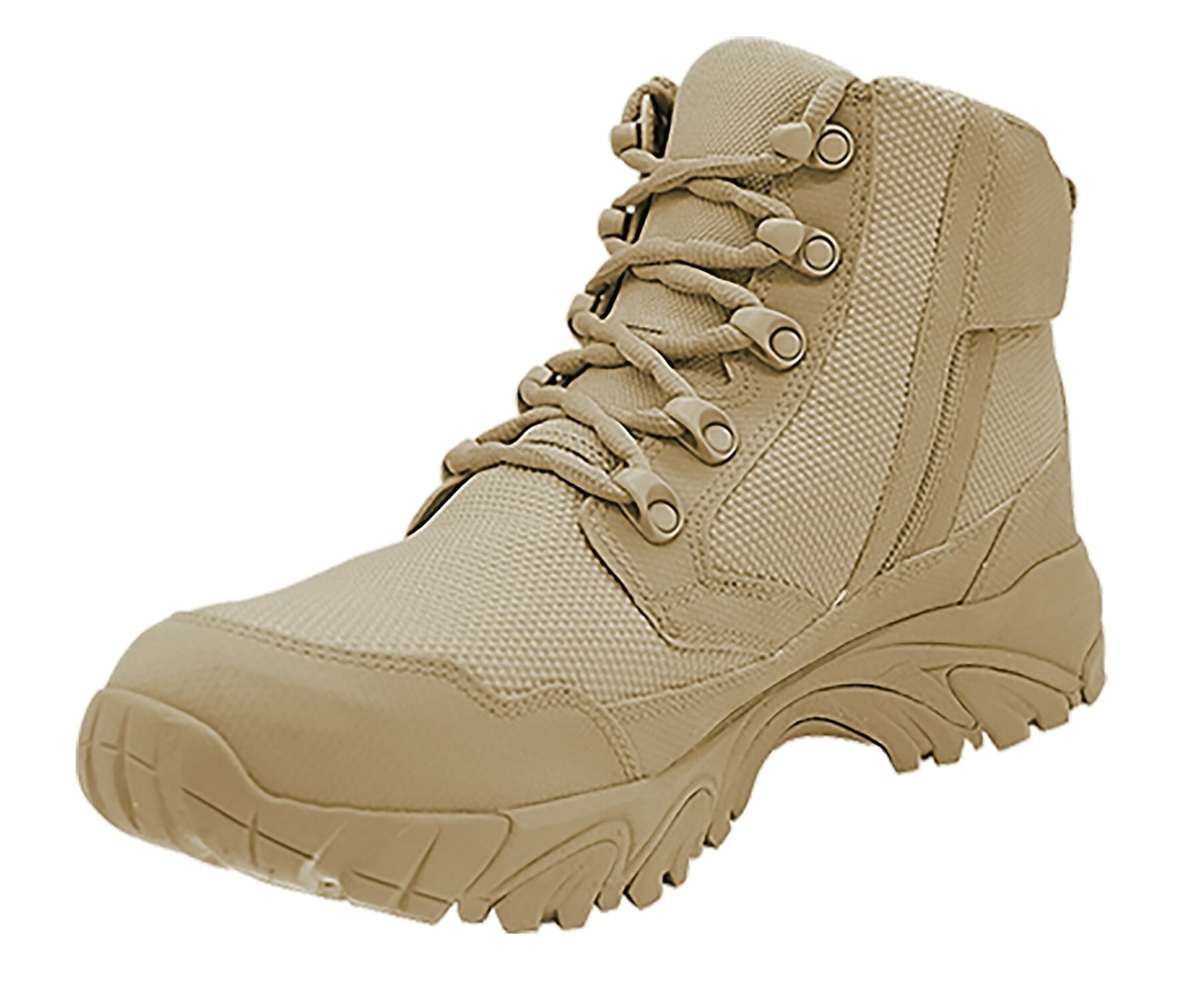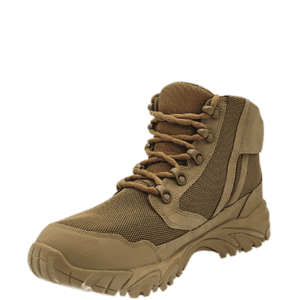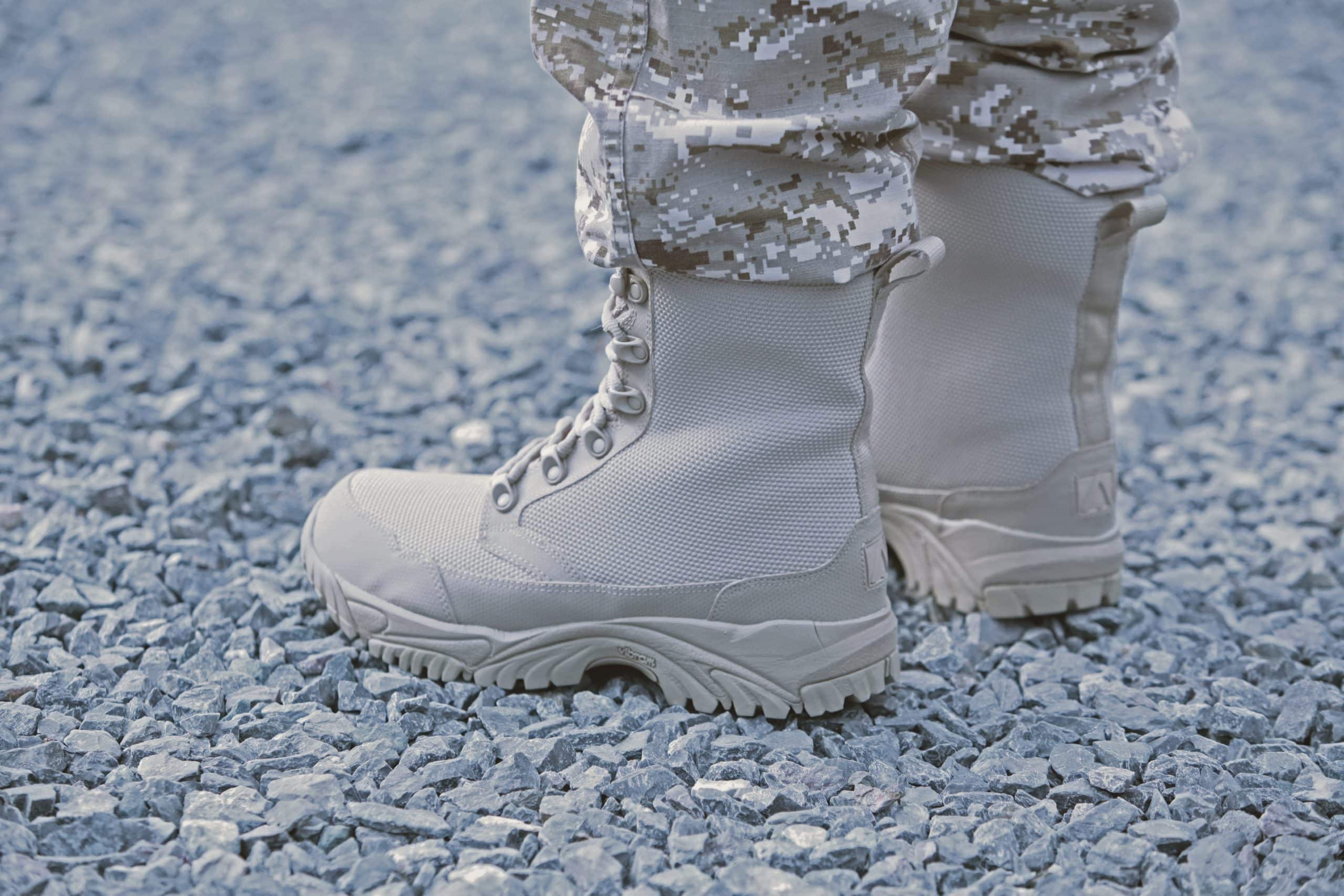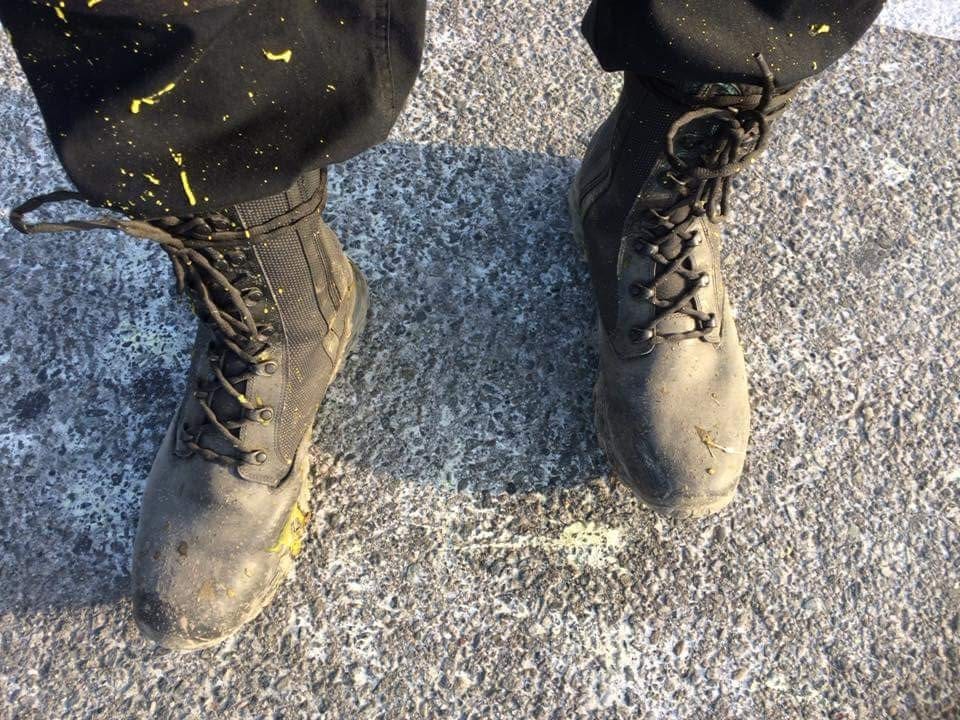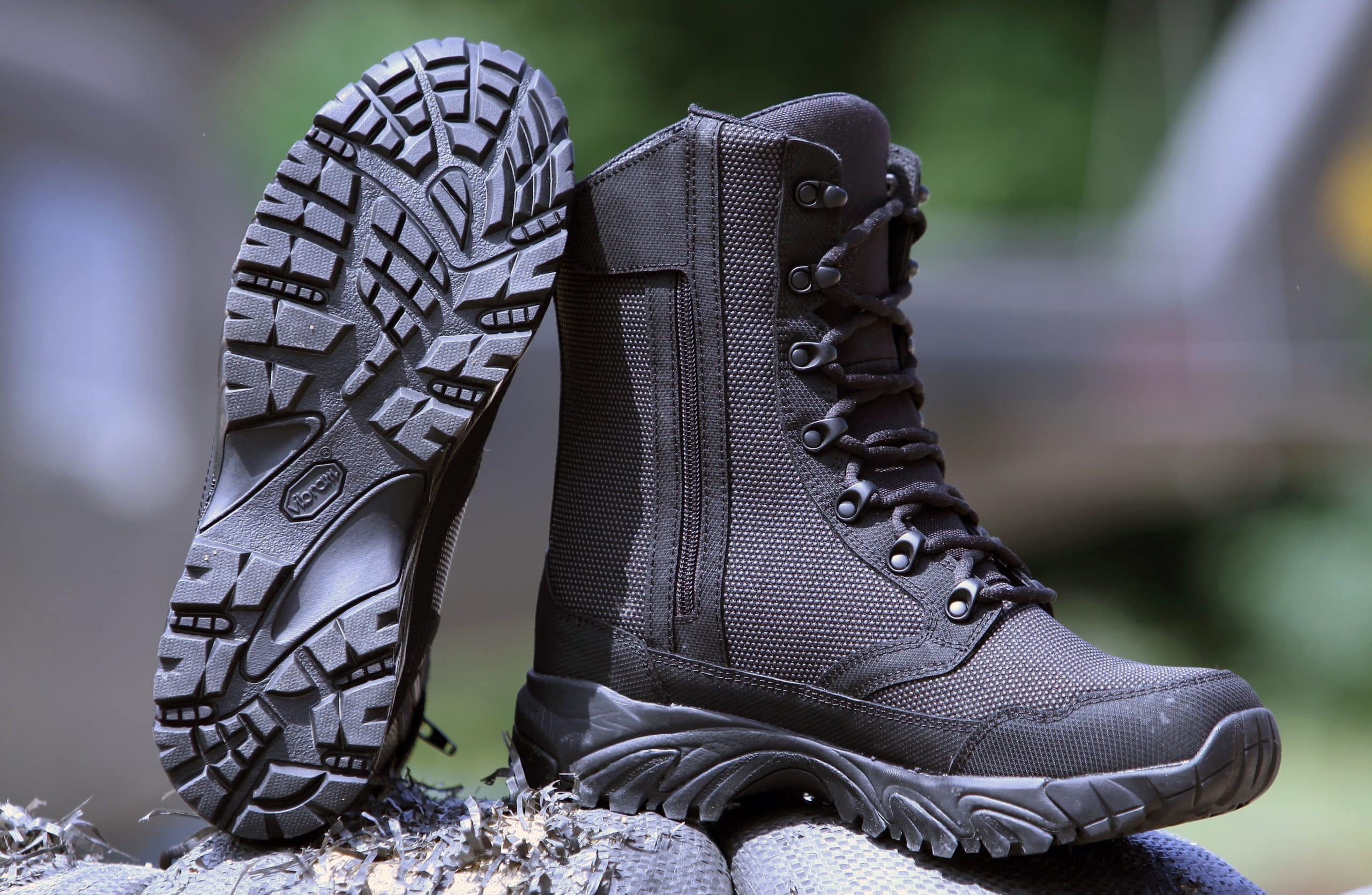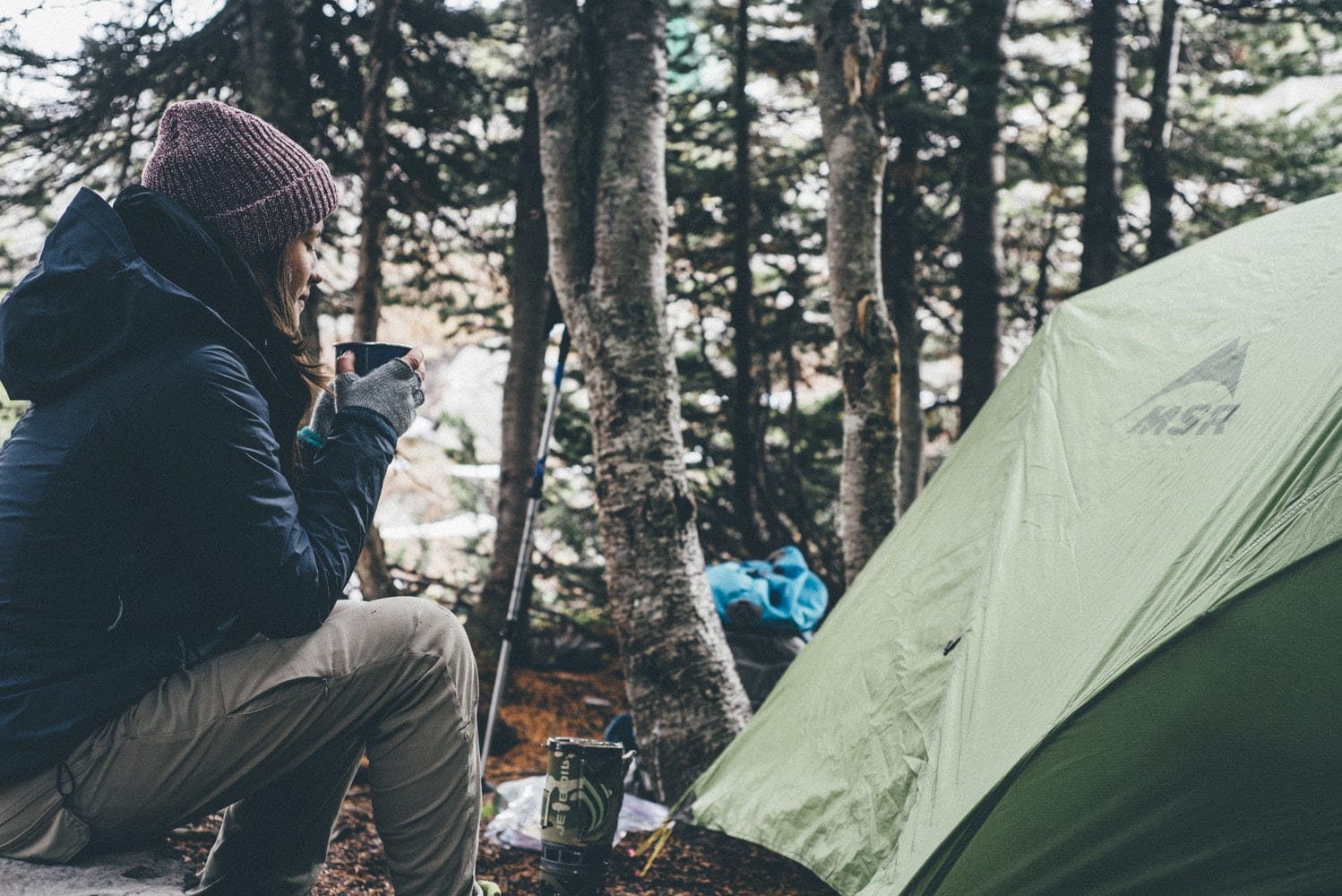
Today’s ALTAI™ Insight has been brought to you by our fabulous guest writer, Katlyn Spade.
Untether and Recharge: What to Know About the Joys of Traversing the Wilderness
The idea of camping is one that is immensely popular and has a special place in American hearts. Around 77 million households in the US have a member that goes camping at least occasionally, according to the 2018 North American Camping Report. Exploring the wilderness is something that often invites thoughts of campfires, toasted marshmallows, and incredible outdoor hiking adventures. If you happen to be one of the individuals who’s thinking of going out to enjoy the bounty of nature, you should be suitably prepared. That said, what do you need to know
Study Your Destination
There are a lot of different areas to enjoy nature in the US, like the states of California, Wyoming, Alaska, and Michigan, to name a few. Each of them has its own particular landscapes, topography, wildlife, and weather conditions. If you are going to enjoy nature through camping, it is important to find out more about your chosen campsite. Studying your destination beforehand lets you know what facilities are available or what sort of camping etiquette should be followed. After all, you can’t just pitch your tent or park your RV anywhere–there are rules to follow, and you’ll even have to register beforehand.
Gear Up
Venturing out into the wilderness puts your body against conditions you may not normally encounter in your daily life. So it’s only natural that you will need the proper equipment to help you fully enjoy your trip. There can be rough terrain, so make sure you gear up with ALTAI™; a pair of boots that are comfortable, lightweight, quick drying, and even waterproof, will take you a long way. For camping, you need the proper items to make a camp, like a tent, cookware, bedding, blankets, and so many other things. Investing in quality camping gear can help you enjoy the outdoors in relative comfort and safety.
Be Responsible
Irresponsible campers have been known to have dire negative effects on the great outdoors. Roughly 84% of the wildfires that have ravaged parks were caused by irresponsible individuals, based on a study by the University of Colorado. To avoid adding to that ecological problem, it would be wise to know how to be a responsible camper. Critical yet simple things like not littering, tending carefully to your fire, not leaving food out, and using existing campsites can help a lot.
Prepare to Be Flexible
As well prepared as you come, there will still be elements out of your control like the weather, the availability of your campsite, and even the presence of other campers. To better enjoy your trip, it’s good to prepare to be flexible. Set back-up plans in case your first option doesn’t go through. If you can’t do the full camping, consider glamping options. If around other campers, it’s good to know how to bask in the glory of nature and be respectful of others.
There are a lot of different reasons why you should go camping or take part in activities out in the wilderness. Nature has in her safekeeping sights and experiences that only the brave and respectful get to enjoy fully. Arming yourself with the proper knowledge on how to respect and thrive in the outdoors can help you have a more enjoyable time.
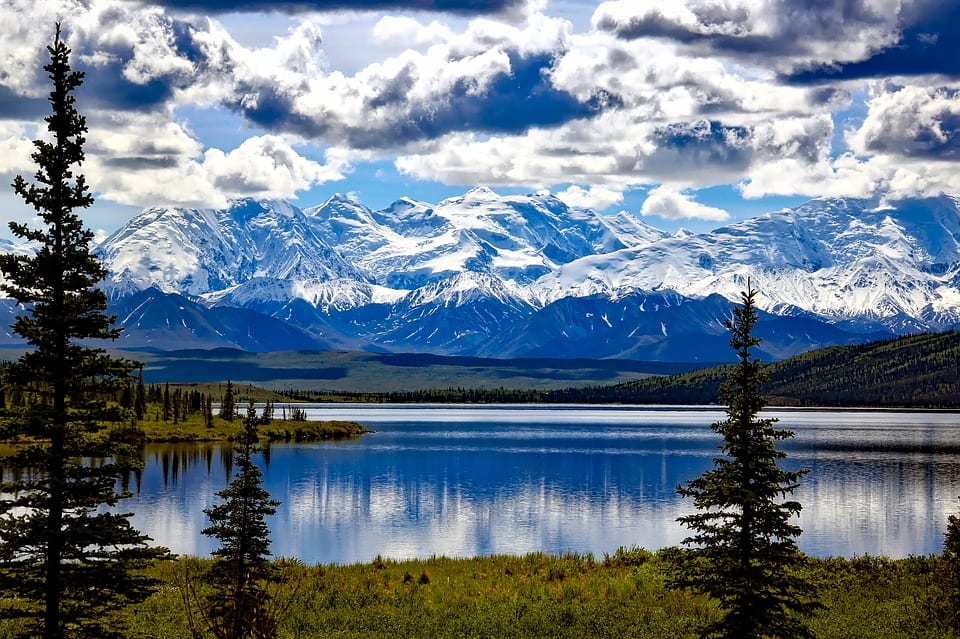
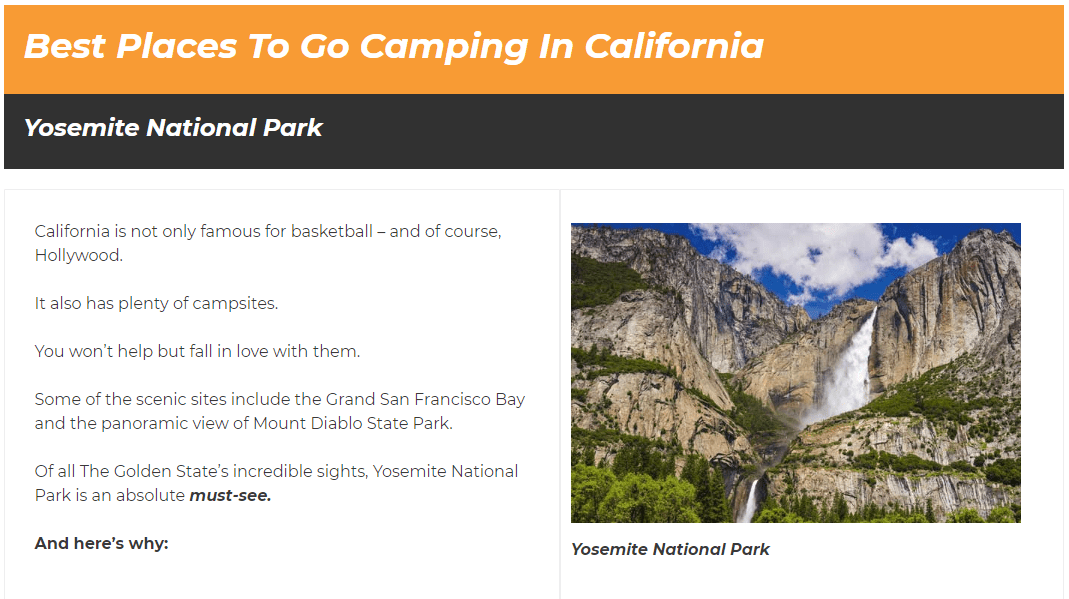
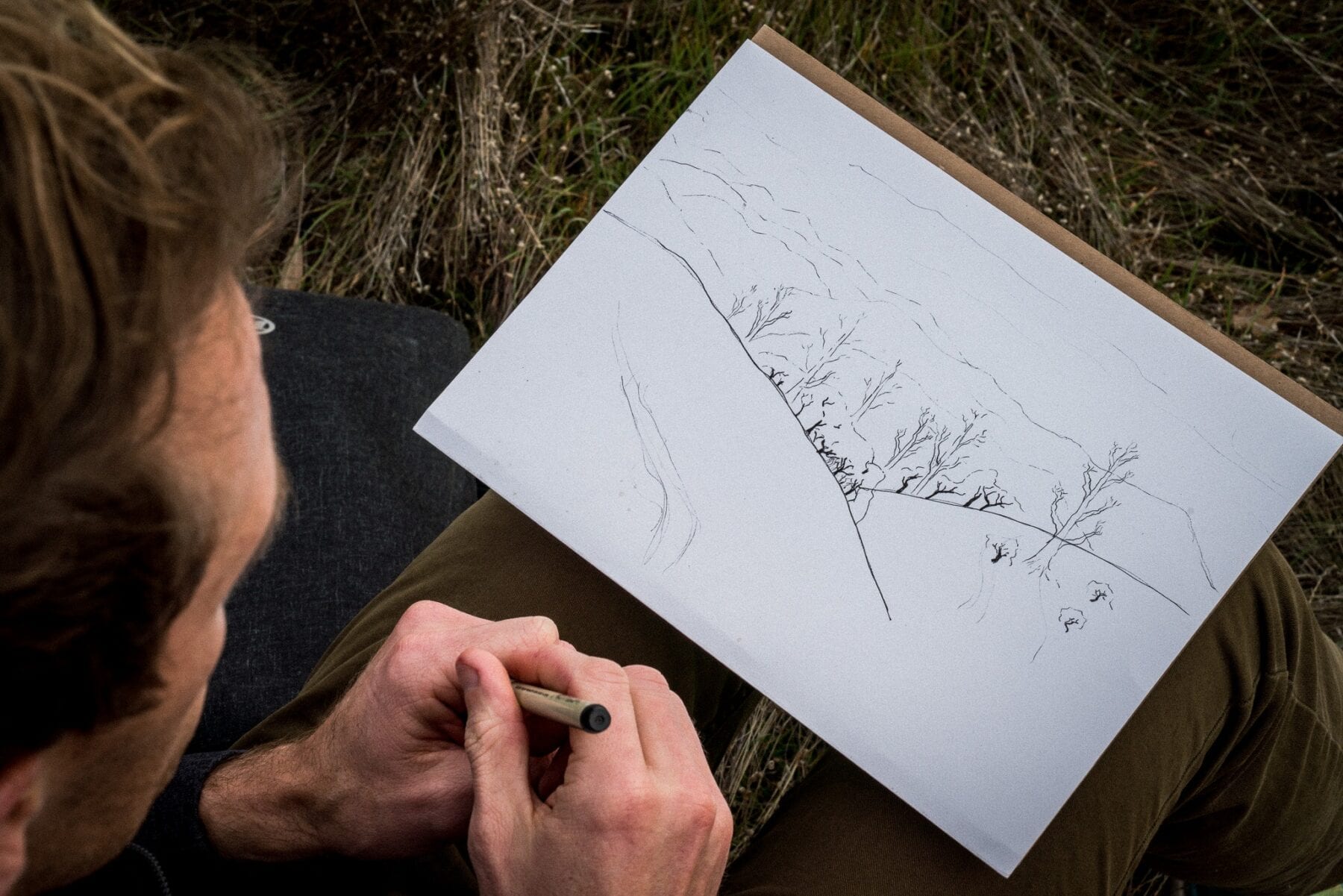




 Camping With Your Dog: The Do’s, the Don’ts, and What to Bring
Camping With Your Dog: The Do’s, the Don’ts, and What to Bring  Bring your dog’s essentials
Bring your dog’s essentials 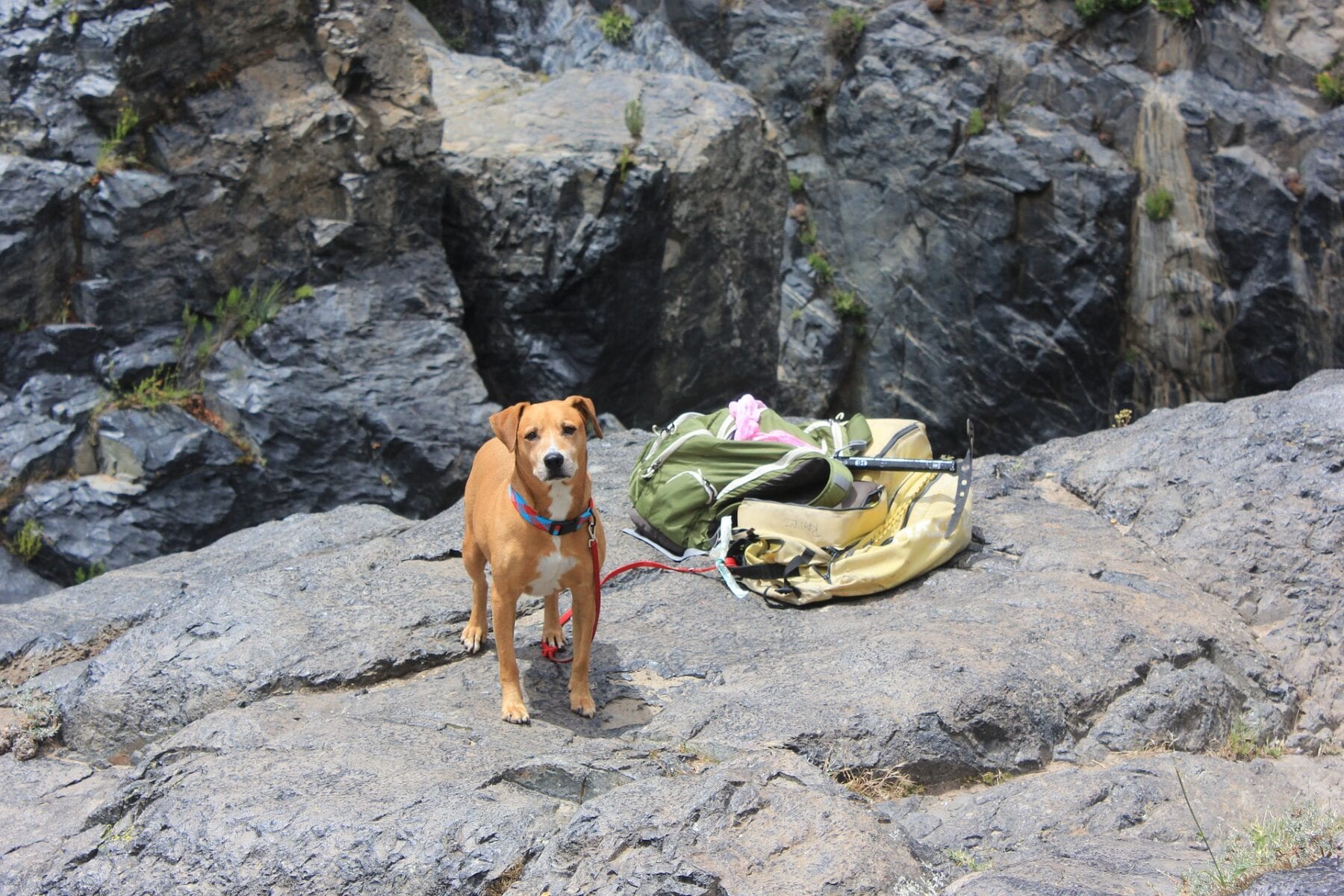 Mind your pup’s health
Mind your pup’s health 